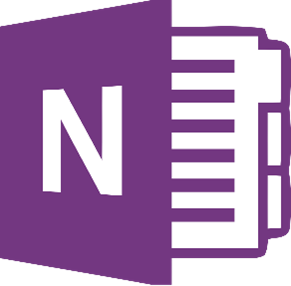Present Collaboratively with OneNote and Whiteboard
Key takeaways from this chapter:
- If your presentation would be better suited in person using a chalkboard, then it would also work well within OneNote
- Using OneNote allows for prepping of supplemental materials to be used during a recording or presentation
- Usually requires some sort of touch screen or drawing tablet to best utilize all of OneNote’s features
- You can share your OneNote screen directly for live presentations, or simply use one of the screen recording options to capture your OneNote window.
The subject matter and audience are some of the most important factors to consider when choosing a presentation method. Some presentations are better suited to an organized and structured PowerPoint while others are conveyed more effectively as a less structured whiteboard presentation. In many cases, a combination of these methods can be used to illustrate the various points of a presentation. The key to a good presentation is communicating effectively; be sure you know your audience beforehand.

In the case of live presentations, OneNote is an effective, easy-to-use tool to use. With several features that are specifically suited to drawing and math, OneNote can be an effective tool in the areas of STEM. OneNote also has the advantage of its organization structure that includes notebooks, sections, and pages. This makes it easy to prepare material before the presentation such as tables, images, and graphs, so that all the information is accessible when needed. Although OneNote offers the most features, the same results can be accomplished by simpler software like Microsoft Paint 3D. After the presentation, pages of OneNote can be exported in various file formats to allow for a review of the material. Microsoft Whiteboard is an alternative to OneNote that has the same basic functionality. With built-in Microsoft Teams interactions, it is also a good choice to use for this style of presenting.

A topic that includes a significant number of mathematical formulas and simple diagrams can be easily explained by performing the calculations in real–time using a whiteboard. This can be further improved by including copied or hand-drawn diagrams to illustrate geometry, physical interactions, or other concepts. One downside to this method is that it usually requires hardware to best use this method. A touch screen or drawing pad is the easiest way to interact with drawing software.
Previous Chapter l Next Chapter
Media Attributions
- OneNote
- Presentation Method Photo

